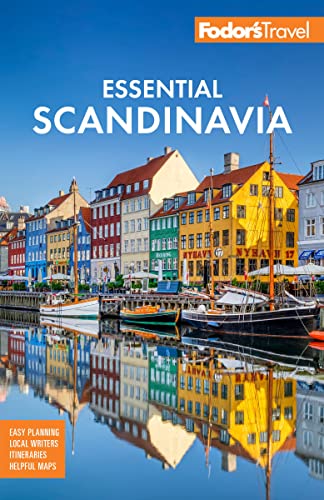Car Travel
The only part of Denmark that's connected to the European continent is Jutland, via the E45 highway from Germany. The E20 highway then leads to Funen and Zealand. Storebæltsbro (the Storebælt Bridge) connects Funen and Zealand via the E20 highway; the E20 then continues east, over the Lillebælt Bridge, to Copenhagen. You can reach many of the smaller islands via toll bridges.
Øresundsbroen, the monumental bridge that connects Denmark with Sweden, was inaugurated in 2000. The drive that takes you across it from Copenhagen to Malmø takes approximately 45 minutes.
Rental rates in Copenhagen begin at DKr 550 a day and DKr 2,220 a week. This doesn't include potential additional per-kilometer fees and any insurance you purchase; there's also a 25% tax on car rentals. The good news? Most companies have special weekend offers.
All passengers must wear seat belts, and cars must have low beams on at all times. It's illegal to talk on the phone while driving. Drive on the right and give way to traffic—especially to bicyclists—on the right. A red-and-white "yield" sign or a line of white triangles across the road means you must yield to traffic on the road you are entering. Don't turn right on red unless there is a green arrow indicating that it's allowed.
Speed limits are 50 kph (30 mph) in built-up areas; 110–130 kph (68-80 mph) on highways; and 80 kph (50 mph) on other roads. Speeding and, especially, drinking and driving are punished severely, even if no damage is caused. The consumption of one or two beers might lead to a violation, and motorists traveling across the Øresund Bridge must remember that Sweden has an even lower legal limit for blood-alcohol levels. Foreigners must pay all fines on the spot.




